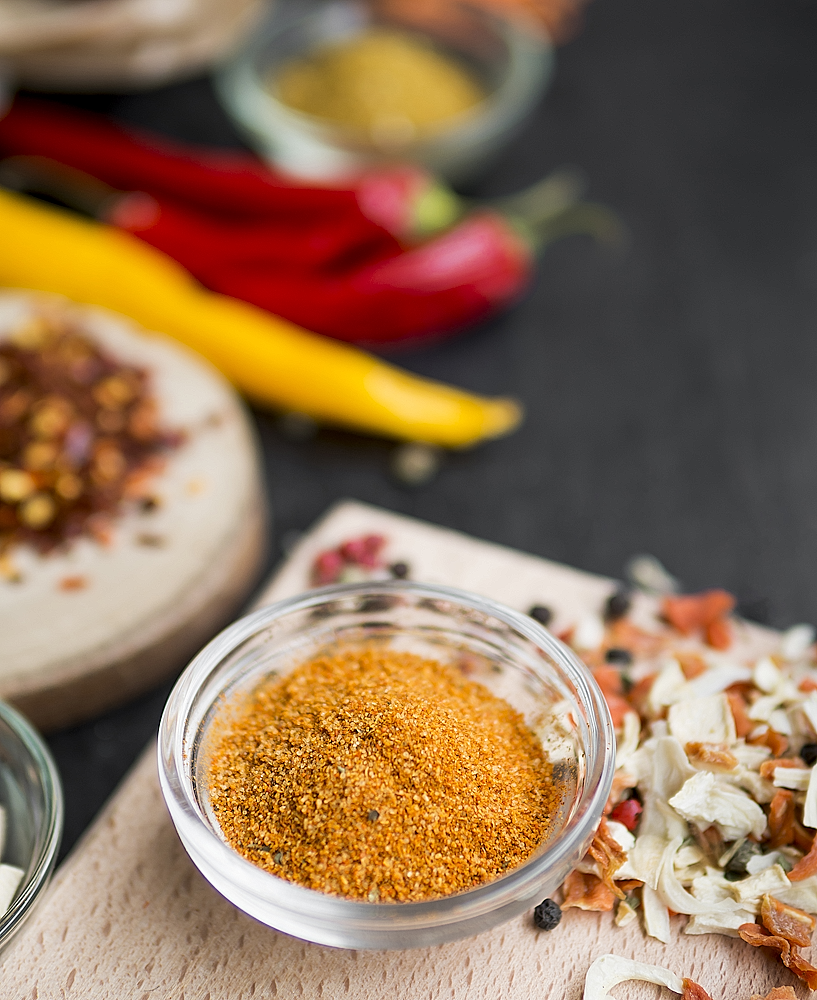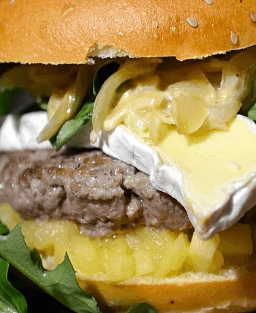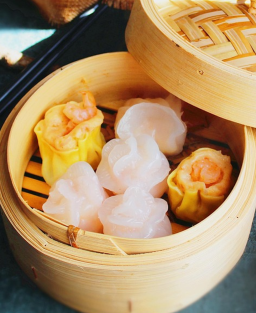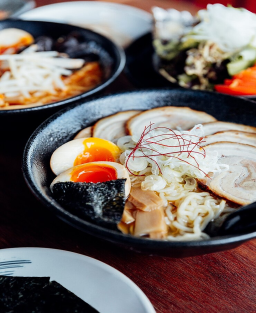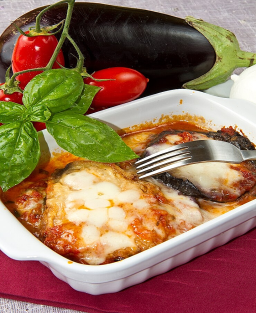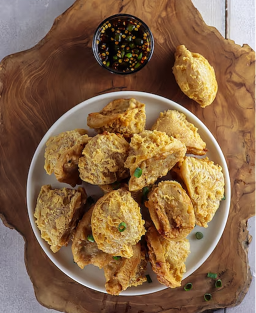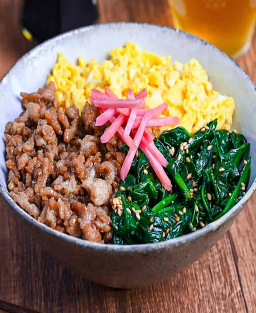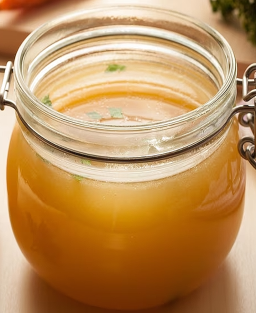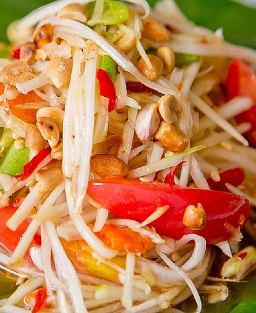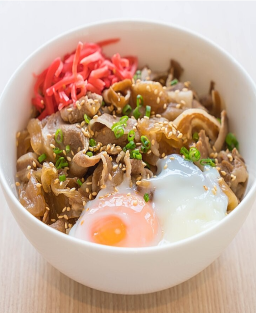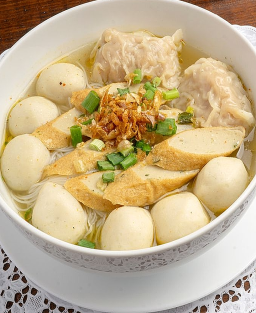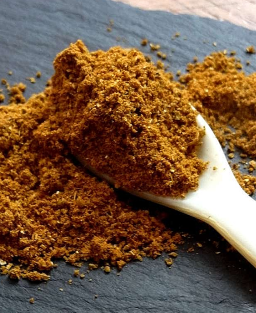- Out-of-Stock
Shichimi Togarashi: 4 Spicy Variants – Floral & Umami, Smoky & Woody, Ultra-Citrusy & Bright, Fire & Intensity
Shichimi Togarashi: 4 Spicy Variants – Floral & Umami, Smoky & Woody, Ultra-Citrusy & Bright, Fire & Intensity
Four variants built on the same base, each with a different flavor profile, while preserving the spice richness, aroma, and umami.
History of Shichimi Togarashi (The 7 Japanese Spices)
Shichimi Togarashi (七味唐辛子) is a traditional Japanese spice blend that dates back to the early Edo period (1603–1868).
The term “shichimi togarashi” literally means “seven chili flavors,” but this doesn't imply seven different kinds of chili peppers in the blend.
In fact, there's usually only one type of ground red chili (togarashi), which provides the main heat. Other ingredients — such as sanshō (Japanese pepper), dried citrus peel, sesame seeds, seaweed, ginger, etc. — are added to bring in complementary flavors and textures.
So, the number seven refers not to seven types of peppers but to seven total ingredients, aiming for a balance of heat, aroma, umami, and crunch.
Think of it as a spice blend where diversity of ingredients matters more than the number of chilies!
Origins & Context
This blend was originally created to enhance the flavors of popular dishes like soba noodles, udon, soups, grilled meats, and rice dishes.
At the time, Japanese cuisine was beginning to explore more complex aromas and heat in otherwise simple dishes.
The name “shichimi” means “seven flavors” because the blend traditionally includes seven ingredients, though these can vary depending on region or artisan.
Composition & Symbolism
Classic ingredients include ground red chili pepper, sanshō, dried citrus peel (like yuzu), toasted sesame seeds, seaweed, ginger, and sometimes herbs.
The number 7 is often associated with luck and completeness in Japanese culture, which is why it became symbolically important in the blend.
Evolution & Variants
The recipe has never been completely fixed. Each region or maker adapts the combination to craft a unique flavor profile.
-
For example, the traditional Edo (old Tokyo) version is spicier, emphasizing chili and sanshō, while Kyoto’s version is more aromatic, with more citrus elements.
Today, shichimi togarashi is a widely popular condiment throughout Japan, appreciated for its ability to add heat, flavor, and texture in one sprinkle.
Modern Uses
It’s often sprinkled over noodles, soups, tempura, rice, meat, and even cocktails for a spicy twist.
The blend also has modern interpretations using ingredients like wasabi, black pepper, or even matcha.
Common Base for All Variants:
-
2 tbsp ground red chili pepper
-
1 tbsp sanshō (or Sichuan pepper)
-
2 tsp dried yuzu zest
-
2 tbsp toasted sesame seeds
-
1 tbsp aonori (green seaweed)
-
1 tsp ground ginger
-
1 tsp garlic powder
VARIANT 1: Floral & Umami
A more delicate blend, yet rich in umami and highly aromatic.
Additions:
-
1 tsp yukari (fermented red shiso)
-
1 tsp shiitake mushroom powder
-
½ tsp dried green shiso leaves
-
A pinch of dried orange zest to round out the citrus notes
Result:
A fragrant, floral blend with deep, balanced umami.
VARIANT 2: Smoky & Woody
Perfect for grilled meats or rich dishes.
Additions:
-
1 tsp chipotle powder (or smoked paprika)
-
1 tsp shiitake mushroom powder
-
1 tsp bold roasted black sesame seeds
-
½ tsp freshly ground black pepper
Result:
Smoky heat, woody notes, and robust umami depth.
VARIANT 3: Ultra-Citrusy & Bright
A punchy, bright version — great on fish or vegetables.
Additions:
-
1 extra tsp of dried yuzu or lemon zest
-
½ tsp wasabi powder
-
½ tsp dried green shiso leaves
-
½ tsp poppy seeds for added crunch
Result:
Citrus explosion with bright, sharp heat and fragrance.
VARIANT 4: Fire & Intensity
For fans of bold spice and layered heat.
Additions:
-
1 tbsp ground cayenne or bird's eye chili
-
½ tsp wasabi powder
-
1 tsp black garlic powder (or regular garlic if unavailable)
-
1 tsp toasted hemp seeds for balance
Result:
Explosive blend with layered heat, rich and long-lasting on the palate.
Common and Optional Ingredients in Shichimi Togarashi
Main & Frequent Ingredients
| Ingredient | Role / Flavor | Frequency |
|---|---|---|
| Ground red chili pepper (togarashi) | Primary heat | Essential |
| Sanshō (山椒) | Citrusy, tingling pepper | Very common |
| Dried yuzu zest | Fragrant citrus aroma | Very common |
| Toasted sesame seeds | Roasted aroma, texture | Very common |
Alternative Citrus Elements
| Ingredient | Role / Flavor | Frequency |
|---|---|---|
| Dried orange zest | Citrus alternative to yuzu | Common |
Marine & Herbaceous Notes
| Ingredient | Role / Flavor | Frequency |
|---|---|---|
| Aonori (green seaweed) | Umami, marine note | Common |
| Nori (seaweed strips) | Another umami source | Regional variant |
| Green shiso leaves | Fresh, minty notes | Occasional |
| Red shiso powder | Herbaceous, slightly astringent | Rare |
| Yukari (fermented red shiso) | Salty, floral umami | Optional |
Crunchy / Textured Elements
| Ingredient | Role / Flavor | Frequency |
|---|---|---|
| Hemp seeds | Crunchy, nutty | Traditional (Edo) |
| Poppy seeds | Crunchy texture | Occasionally used |
| Roasted rice flour | Binder and texture | Sometimes used |
Additional Heat Sources
| Ingredient | Role / Flavor | Frequency |
|---|---|---|
| Ground ginger | Mild, aromatic heat | Often used |
| Garlic powder | Strong aroma | Modern, less traditional |
| Wasabi powder | Nasal heat | Contemporary variant |
Notes:
-
The “7 spices” in shichimi togarashi vary between producers — it’s more a traditional concept than a fixed recipe.
-
The Kyoto version leans more citrusy and fragrant, while the Edo (Tokyo) version emphasizes heat and sanshō.
-
Some modern blends may include matcha, wasabi, or black pepper.











